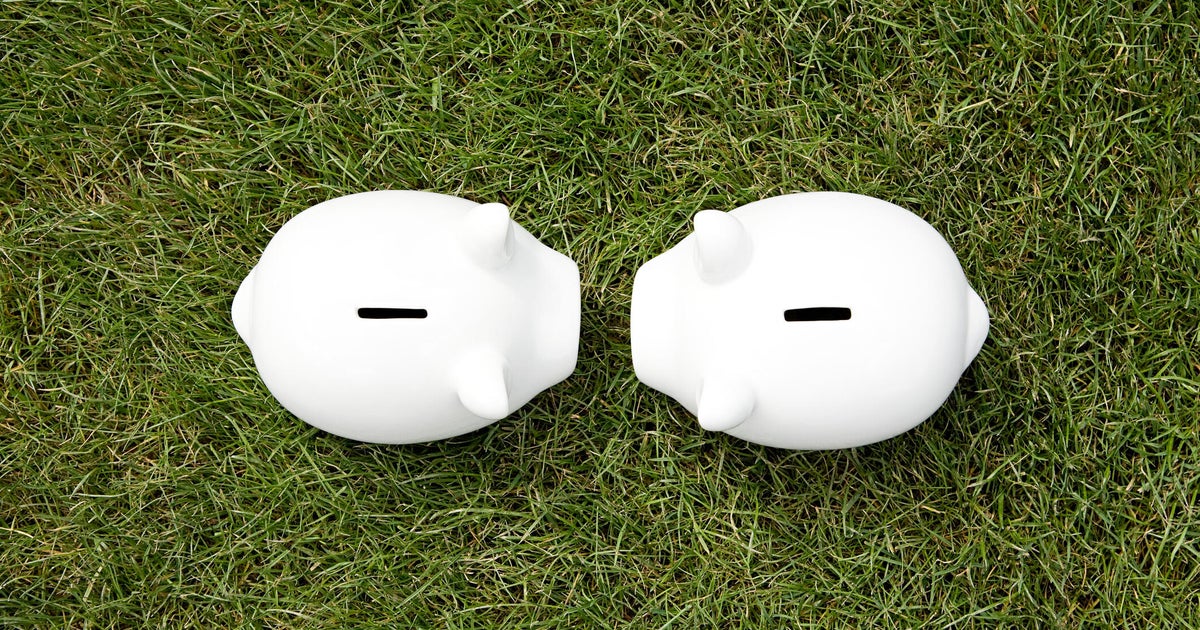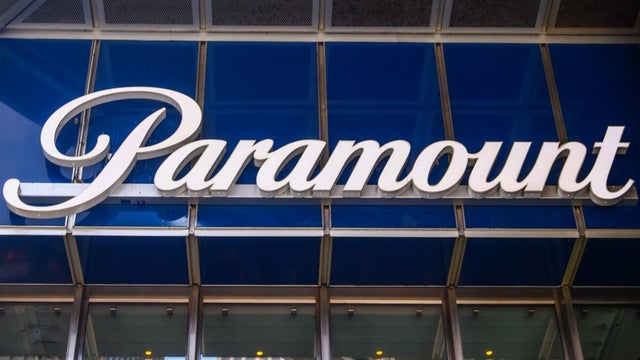

No response returned

The concept of giving up access to your money in today's economic climate can be daunting for many. After all, just rose in June (for the second month in a row) and borrowing costs remain elevated thanks to higher . With still a concern, too, foregoing access to your funds may not make sense right now. And that's what will be required if depositing money into a . In exchange for a high, fixed , savers will need to keep their funds in the account untouched or risk having to pay an . Depositing $10,000 into this account type, then, may not seem advantageous on the surface, especially when there are alternative accounts that won't mandate this loss of access.
A , by comparison, has competitive with the highest CD accounts and it functions similarly to a traditional savings account, meaning you'll maintain the ability to make deposits and withdrawals. On the other hand, these accounts have that will change over time based on market conditions. When faced with both account types, then, savers should pause before depositing their $10,000. To better determine which account is advantageous, they can calculate their potential interest earnings. Below, we'll do the math.
.
It's easy to calculate the interest earnings on a CD account because it has a fixed rate. Determining the interest on a high-yield savings account is more difficult because the rate there will change over time, potentially to a significant degree.
Here's what both account types could earn with a $10,000 deposit tied to today's available interest rates, assuming the CD account isn't hit with an early withdrawal penalty and that the high-yield savings account rate remains the same for the full six months:
Not only will the CD account earn around $8 more than the high-yield savings account, but that return is guaranteed, while the high-yield savings account's return is not. And with the being issued later in 2025 significant, savers here should expect the rate they open their high-yield savings account with this July to be lower by the end of the year. In other words, if you can afford to keep your funds in the CD untouched for the full six months, the return will likely outweigh what the high-yield savings account can offer now.
.
also come with high interest rates now (around 4.30% according to ). They won't require you to lock your money away the way a CD would, and they'll offer benefits a high-yield savings account won't (like check-writing services).
But the caveat here remains the same as the high-yield savings account: A money market account has a variable interest rate that's likely to decline in the months to come. Between the three account types, then, a CD becomes the clear best choice for those savers looking to earn as much guaranteed interest on their $10,000 deposit as possible right now.
Both CDs and high-yield savings accounts offer savers a critical benefit right now: The chance to earn a high interest rate on their money. But only a CD guarantees that return. So, if you want to both protect and grow your money and want to take a break from worrying about today's constantly evolving interest rate climate, a CD account may be worth exploring now.




